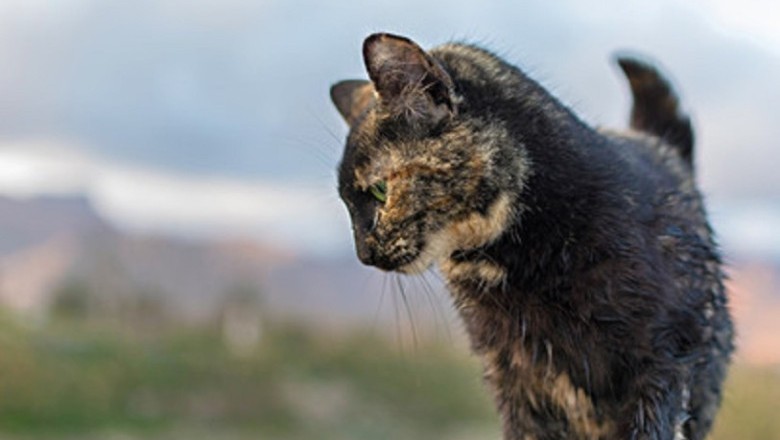
Understanding Feline Leukemia Virus (FeLV): A Comprehensive Guide
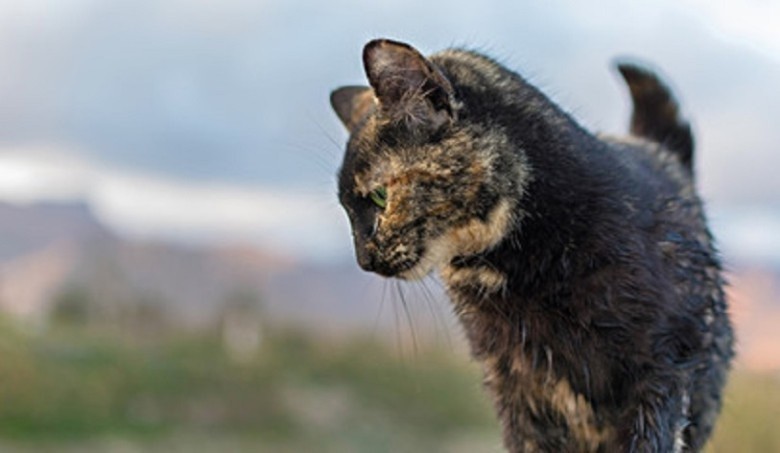
Feline leukemia virus (FeLV) is a significant health concern for cats and is one of the leading causes of morbidity and mortality in felines worldwide. This article aims to provide an in-depth understanding of FeLV, including its transmission, symptoms, diagnosis, treatment, and preventive measures. By raising awareness about this virus, we hope to empower cat owners to take necessary precautions to protect their beloved pets.
What is Feline Leukemia Virus?
FeLV is a retrovirus that primarily affects the blood and immune system of cats. Initially identified as a causative agent of tumors in the hematopoietic (blood-producing) and lymphatic systems, FeLV leads to a range of diseases associated with immune suppression, making infected cats susceptible to various infections and other health complications.
The Nature of the Virus
FeLV is classified into three main subgroups: FeLV-A, FeLV-B, and FeLV-C. The FeLV-A subtype is the most common and the primary strain responsible for infection. FeLV-B occurs when FeLV-A interacts with the cat’s genome, leading to a higher risk of disease manifestations and complications. FeLV-C, which is less common, is associated with anemia and is a result of mutations in FeLV-A.
How is Feline Leukemia Virus Transmitted?

Understanding how FeLV spreads is crucial for prevention and control. The virus is primarily transmitted in two ways:
1. Direct Contact:
The most common route of transmission is through direct contact with infected cats. This can occur through:
- Bites: Fighting and biting are frequent ways that FeLV spreads among aggressive or unneutered cats.
- Grooming: Cats that groom each other can transfer saliva containing the virus.
- Shared resources: Sharing food and water dishes, litter boxes, and bedding can also facilitate the virus's spread among healthy cats.
2. Vertical Transmission:
FeLV can also be transmitted from an infected mother cat to her kittens during pregnancy. This occurs through the placenta, and in about 80% of cases, it results in the death of the fetus or severe health issues in newborn kittens.
Who is at Risk?
FeLV can affect any cat, but certain factors can increase vulnerability:
- Age: Young kittens are more susceptible, especially those nursing from an infected mother.
- Social Behavior: Cats that roam outdoors and interact with other felines are more likely to contract the virus. Stray and feral populations also show higher infection rates.
- Unaltered Males: Unneutered males that engage in fights or have multiple mating partners are at higher risk of being exposed to the virus.
Despite these risk factors, it’s essential to note that domestic cats in the same household can also contract the virus if a carrier is present.
Recognizing the Symptoms of Feline Leukemia
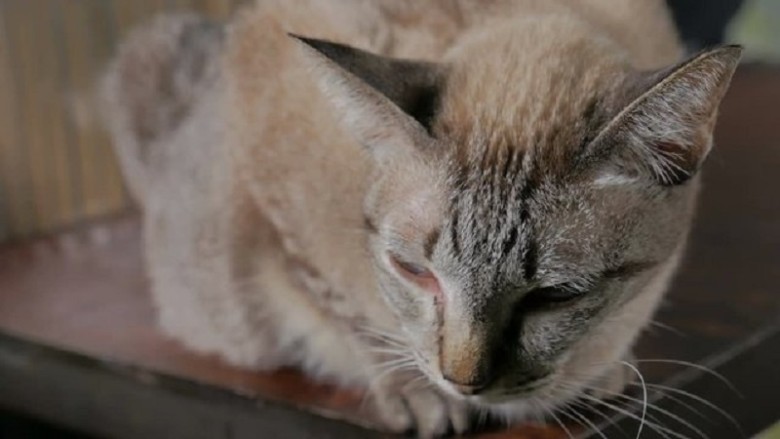
The symptoms of FeLV can vary widely depending on the stage of the disease. The insidious nature of the virus often leads to prolonged asymptomatic periods where infected cats may appear healthy. However, as the disease progresses, several clinical signs may emerge, including:
- Weight Loss: Cats often experience unintended weight loss despite normal or increased appetite.
- Apathy: Infected cats may become lethargic and show a lack of interest in activities they previously enjoyed.
- Anemia: A common symptom of FeLV, resulting in weakness and paleness.
- Blood in Stool: Gastrointestinal complications may lead to the presence of blood in feces.
- Diarrhea: Chronic diarrhea is another symptom that may be observed.
- Decreased Appetite: Cats may exhibit a reduction in appetite or complete refusal to eat.
- Jaundice: Yellowing of the skin and mucous membranes can be a sign of liver involvement.
- Neurological Abnormalities: Some cats may develop neurological issues, such as seizures or lack of coordination (ataxia).
- Lymphadenopathy: Swelling of the lymph nodes due to associated infections or tumor development.
- Infertility: Female cats may face challenges with breeding due to the virus's impact on reproductive health.
Given the array of potential symptoms, it is crucial for cat owners to seek veterinary assistance if any of these signs appear.
Diagnosing Feline Leukemia Virus
A definitive diagnosis of FeLV is usually conducted through a combination of clinical assessment and laboratory tests. The most common test used is the immunofluorescent assay (IFA), which detects the presence of the virus in the cat's blood. Other methods may include:
- Enzyme-Linked Immunosorbent Assay (ELISA): This test checks for FeLV antigens in the blood and provides fast results. It is commonly used in veterinary clinics for preliminary screening.
- PCR Testing: This can detect viral RNA and is used in cases where more detailed analysis is needed or for monitoring viral load.
Treatment Options for Feline Leukemia
Currently, there is no cure for FeLV, and treatment options are primarily supportive and aimed at improving the quality of life for affected cats. Key aspects of managing FeLV-infected cats include:
1. Symptomatic Treatment:
- Cats suffering from anemia may require blood transfusions.
- Antibiotics may be prescribed to combat secondary bacterial infections due to a weakened immune system.
- Anti-inflammatory medications can help manage symptoms and improve comfort.
2. Preventive Care:
- Regular veterinary visits are essential for monitoring the cat’s health, as early detection of complications can improve outcomes.
- Keeping the FeLV-positive cat indoors can help protect them from additional infections and prevent transmission to other cats.
3. Nutrition:
- Providing a balanced, high-quality diet can help support the overall health and immune system of the infected cat.
4. Isolating Infected Cats:
- Isolation of FeLV-positive cats is crucial to prevent the virus from spreading to healthy cats in a multi-cat household.
Vaccination: Preventive Measures Against FeLV
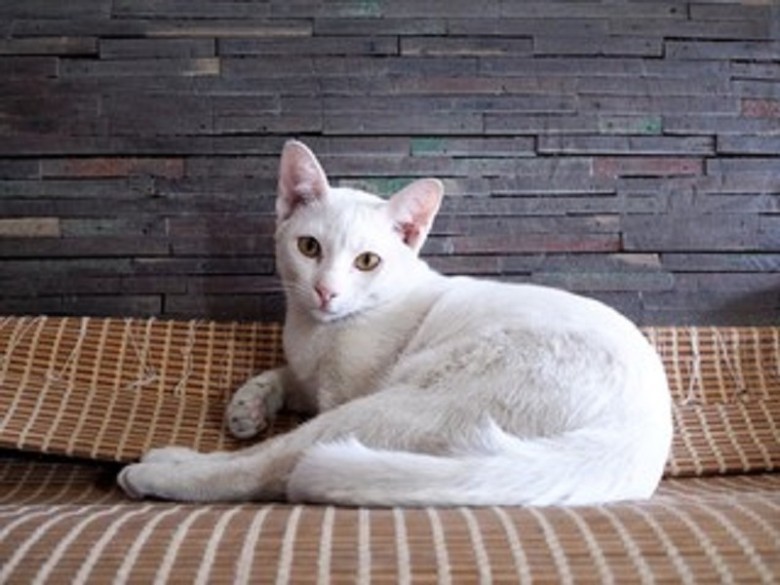
Vaccination is one of the most effective methods to combat FeLV and protect healthy cats from infection. While no vaccine offers 100% protection, it can significantly reduce the risk of contracting the virus. Key points regarding vaccination include:
- Vaccine Availability: There are FeLV vaccines available that can be administered to cats as part of their routine vaccination schedule.
- Veterinary Recommendations: Consult with a veterinarian to determine if vaccination is appropriate based on the cat’s lifestyle, risk factors, and overall health.
- Understanding the Limitations: The vaccine does not replace the need for other preventive measures, such as keeping cats indoors and limiting their interactions with potentially infected felines.
Conclusion
Feline leukemia virus is a serious health issue among cats that remains a leading cause of feline-related illness and death. Understanding the nature of the virus, recognizing symptoms, and receiving regular veterinary care are essential for managing this disease effectively.
As a responsible cat owner, being proactive in your cat’s health through vaccination, monitoring, and preventive care can significantly enhance their quality of life. While living with FeLV can present challenges, many cats can still lead happy, fulfilling lives with appropriate care and management. By staying informed and vigilant, we can help to combat the spread of FeLV and ensure our furry companions remain healthy and cherished members of our families.

















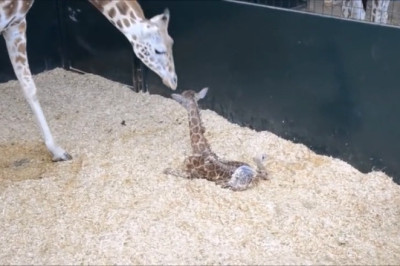
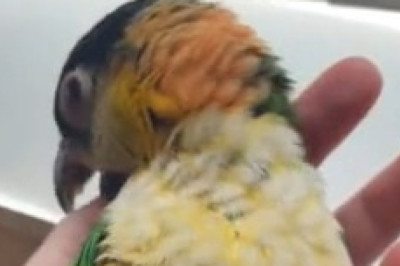

Comments
0 comment